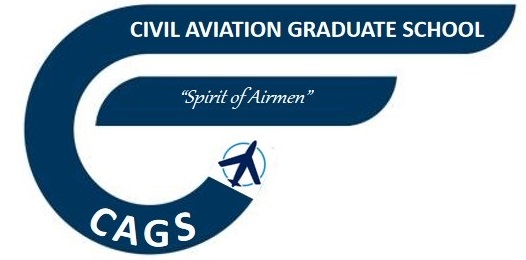Overview
This training aims at imparting to the Air Traffic Control Officers with necessary knowledge, skills and attitude to interpret and use aeronautical meteorological information in accordance with ICAO Annex-3, Annex-11, ICAO DOC- 4444(PANS-ATM), ICAO DOC-7192 Part F-1, MATS (Manual of Air Traffic Services) and CAR Section-9 for safe and efficient ATC operations.
Requirements from all trainees:
- The trainee shall have a thorough understanding of the basic physical principles of meteorology; MET observations as well as their interpretation and dissemination; and the use of MET observations in making forecasts.
- The trainee must also have an adequate understanding of the general circulation and world climate; weather conditions at aerodromes, along specific routes, in relevant flight information regions (FIRs) and control areas.
- The trainee should be able to understand weather conditions and make intelligent deductions there from.
Learning Objectives
On completion of the course the trainee will be able to:
- Interpret aeronautical meteorological information, reports, forecasts and warnings correctly and efficiently.
- Use aeronautical meteorological information, reports, forecasts and warnings correctly and efficiently, while exercising ATC duties.
- Learn how aerodrome weather is collected and reported (AWOS, ATIS, D-ATIS, VOLMET)
- Read and interpret Terminal Weather Reports: MEATR and SPECI
- Read and interpret Terminal Area Forecasts (TAF)
- Read and interpret Runway status reports and SNOWTAMs
- Read and interpret Weather depiction charts
- Calculate wind components: Crosswind, Tailwind, Headwind
- Learn aerodrome approach categories and how these are linked with weather
Primary Target Population
Personnel who are currently assigned or about to be assigned ATC duties at the Airports/ATS units.
Recommended duration and degree of expertise for the ATCO course
*Click the image to enlarge
- Language: English
- Online (3 Weeks) Virtual / Class (5 days)
- USD $ 2750 per trainee (In-house fee is dependent on number of trainees)
Course Brochure
Download .pdf

